Your Cart is Empty
NOW FREE SHIPPING TO 48 CONTIGUOUS UNITED STATES ON ALL ORDERS!!!
Drip Edge Fender Amp Years of Production
by vaughn skow October 21, 2016 3 min read
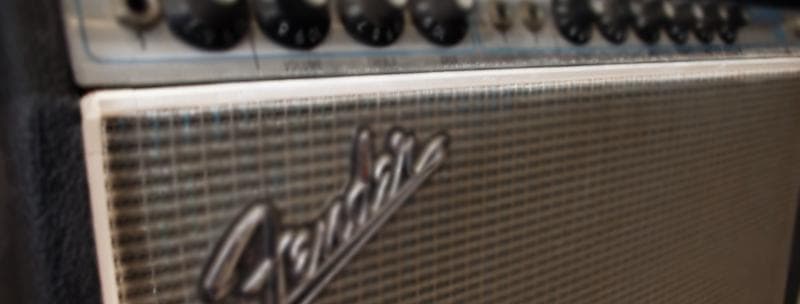
So, it just happened to me again yesterday,
someone said their drip-edge Bassman was a 1968 because “that’s the only year they made drip-edge amps”. [Buzzer sound] Wrong! And by the way, just in case you don’t know, the term “drip-edge” refers to the aluminum trim surrounding the grill cloth on the earliest silver-face Fender amps (see highlighted drip-edge in the photo above). So, let’s talk drip-edge years of production. Are y’all ready to settle this question once and forever? Good, then let’s go!
Okay, to be fair, dude WAS partially correct, in as much as that 1968 was the only FULL year of production for the drip-edge models. However, the first drip-edge models appeared in late August of 1967 as the black-face cosmetics were being replaced by silver-faced amps. The most popular amps, like the Deluxe Reverb, were the first to receive the new look, which included not only the silver face-plate and aluminum drip-edge, but also a slightly different grill cloth with added subtle vertical blue stripes. A few models during this early silverface period actually have the new silver face-plate and the old blackface style back-plate, and the earliest silver faceplates have the mysterious slim black vertical lines (more on this later). It makes sense that the amps that were not selling as well were the last to receive the new look, as they were the models for which the old black-face parts lasted the longest, and inversely the most popular models were the first to get the update, as their black-face parts ran out the earliest. What does this mean? It means that you may see a drip-edge Deluxe Reverb with a build date as early as mid-1967, and a black-face non-reverb bandmaster or Vibrolux as late as February of 1968. Now, as for when the drip-edge was eliminated. Once again, the most popular models were the first to lose the aluminum trim in mid 1969 and the least popular were the last to lose it in late 1969, with the Bandmaster Reverb (TFL5005D) as the very last. By January of 1970 all fender amps being produced were the more common non-drip edge silverface models, those cosmetics continued on unchanged through the entire decade.
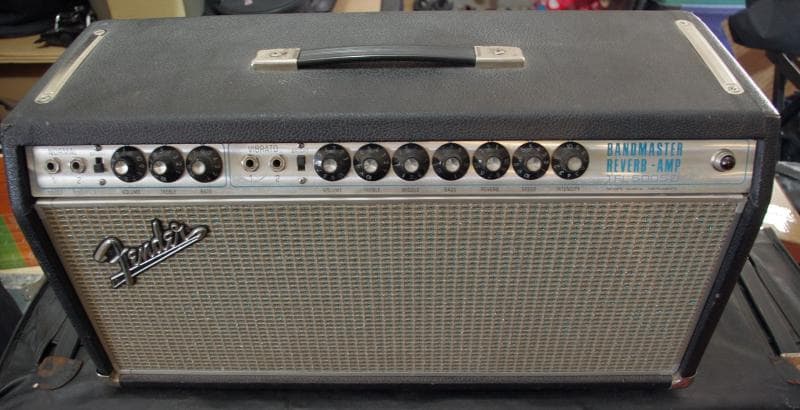
So to recap:
- Beginning of 1967: All models had blackface cosmetics.
- Mid 1967: The silverface/drip-edge cosmetics first appeared on popular models.
- Early 1968: ALL models now sported the silverface/drip-edge cosmetics.
- Mid 1969: The most popular models began to lose their drip edge.
- January 1970: All models have the non-drip edge silverface cosmetics.
Got it? Good, now let’s talk specifically about the earliest of the drip edge amps, the “black line” models. These amps can really be “sleepers” as most are in every way a blackface amp with silverface cosmetics.
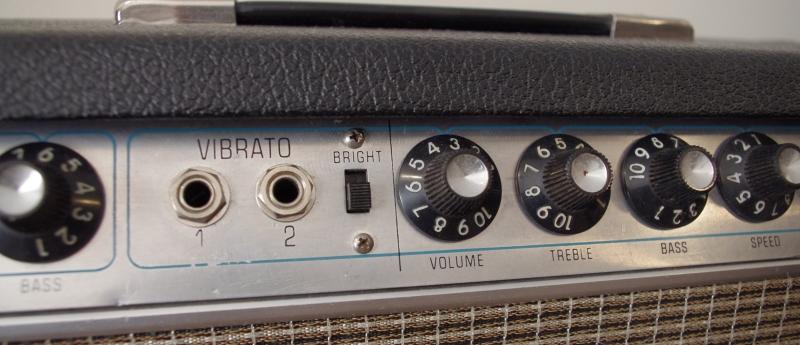
There is no clear consensus as to why these lines exist; they appear just before the Volume controls and on either side of the amps name. In contrast to every other aspect of the silkscreen printing, they just don’t seem “right”. They are non-symmetrical both vertically as well as horizontally and are extremely thin compared to all other lines. Many believe they were lay-out reference lines that were never intended to make it into production; that makes sense since they only appeared for about the first 4-6 months. At any rate, these lines are a great clue that your amp is one of the earliest with the silverface cosmetics, many of which were otherwise UNCHANGED from the blackface design. Cool, a blackface amp at a silverface price!
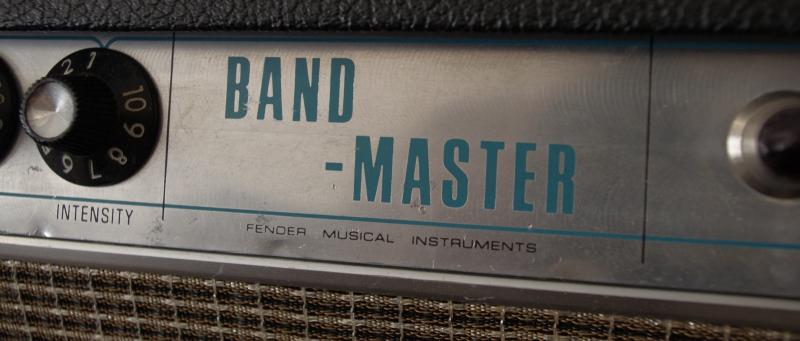
Here is a great example:
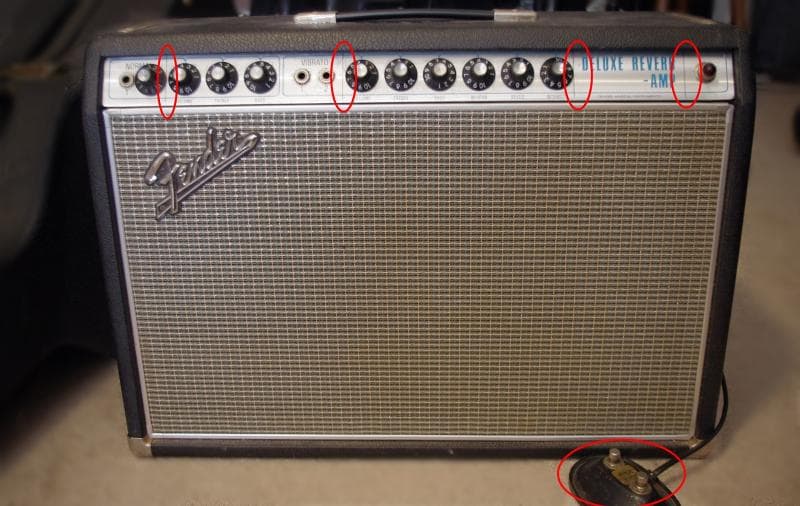
This Deluxe Reverb was listed on Craigslist as a “70’s Silverface”. From the one picture with the ad, I could see the drip edge and black lines, and new she was probably a 1967. When I saw the amp in person, I confirmed that it was indeed a ’67 from the serial number, AB763 tube chart, and blackface footswitch. Yep, I gladly handed over the $725 asking price :-)
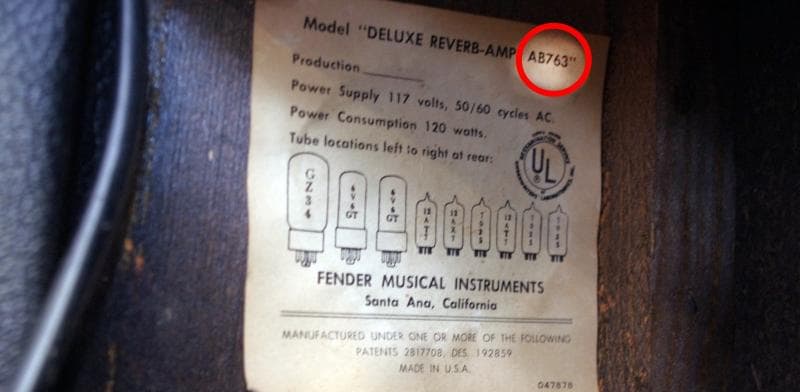
Now, when you hear someone state that all drip edge Fender amps are 1968s, please set them straight!
See y’all next week, it’s gonna be one you won’t want to miss.
Leave a comment
Comments will be approved before showing up.
